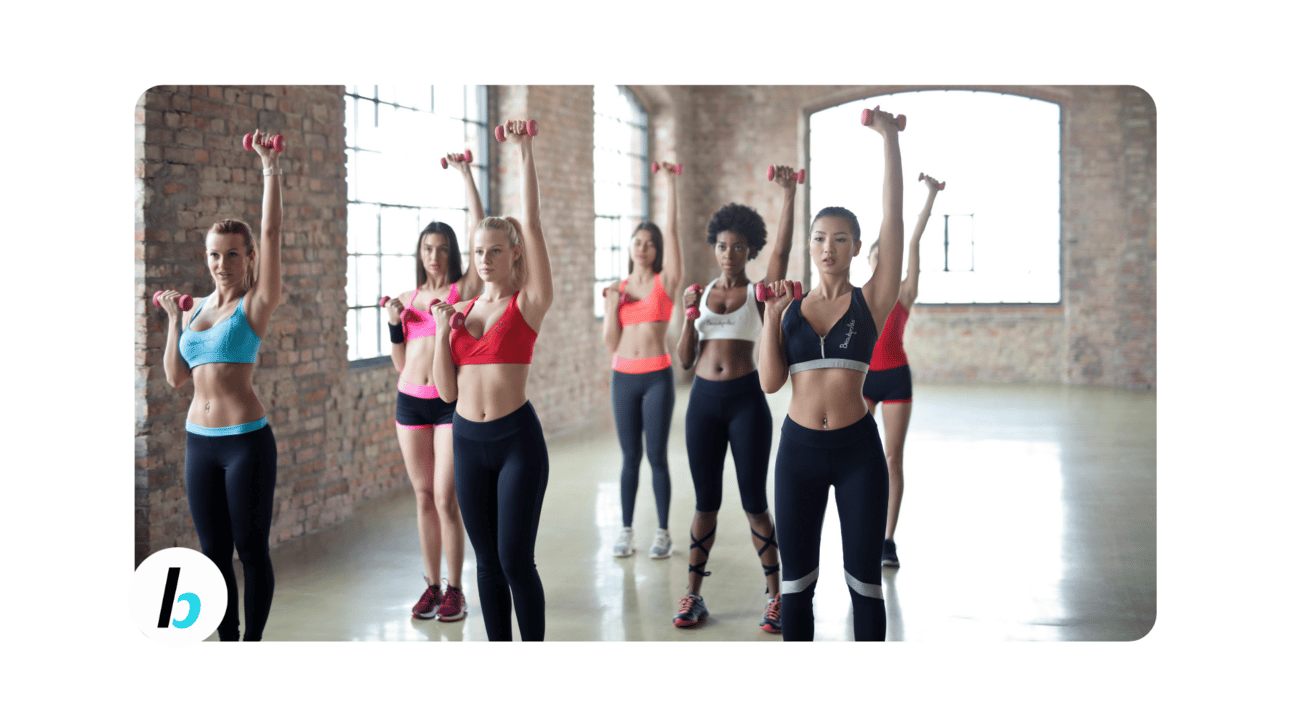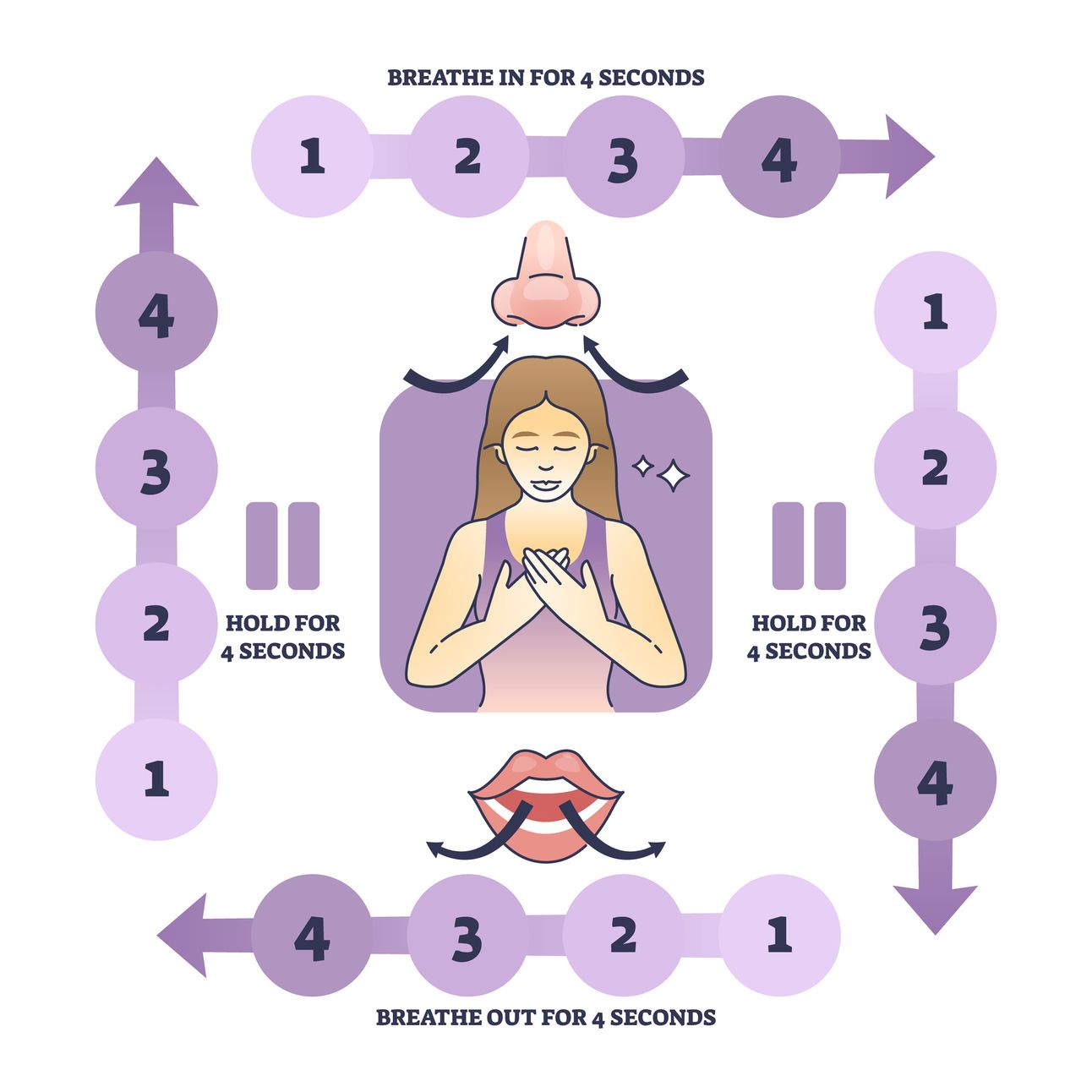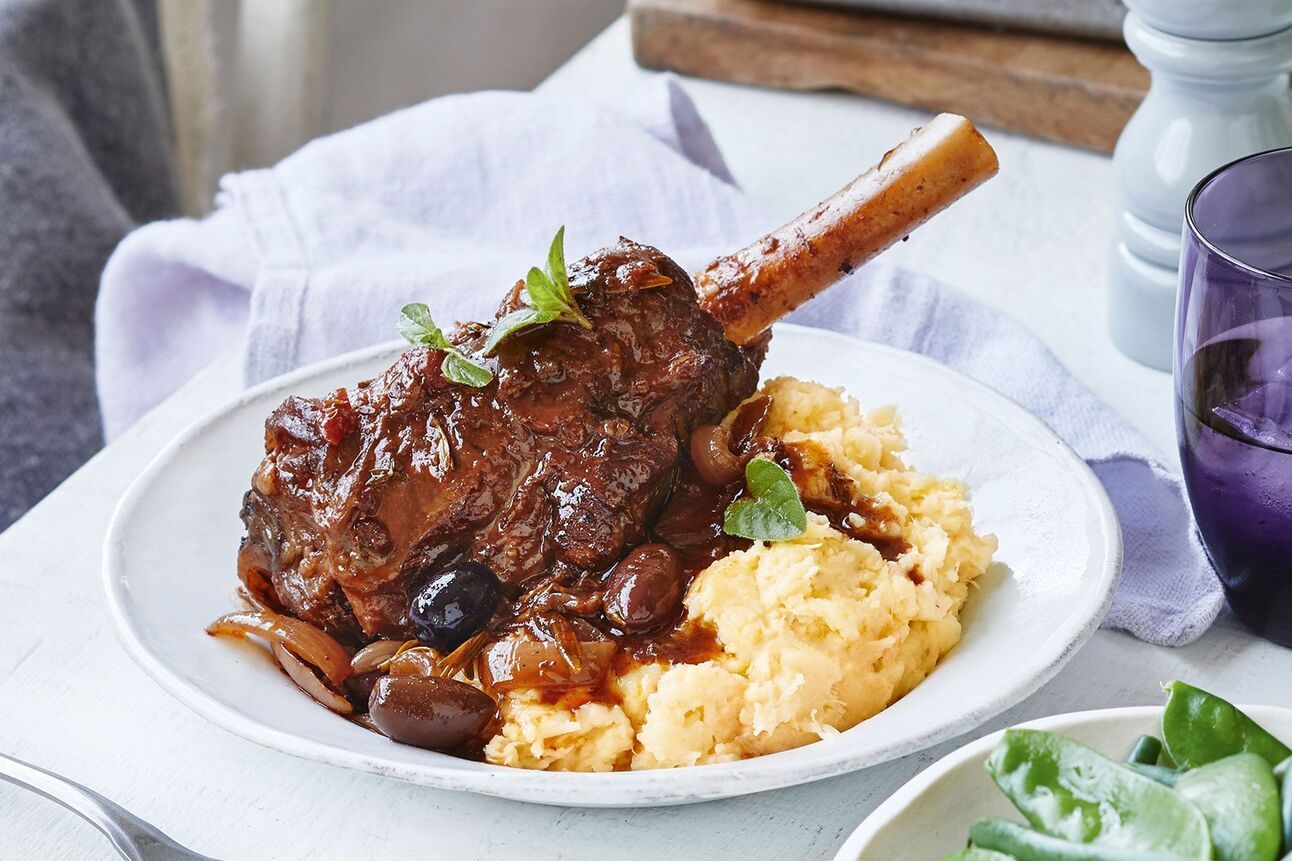Hey fitness nerds!
Thank you all {{active_subscriber_count}} of you!
Welcome to part two of our "What Fitness Over 30 Should Really Look Like" series!
Last week, we explored how to redefine your fitness goals after 30.
Today, we'll tackle how to structure a balanced workout routine that addresses your body's changing needs.
Next week, we'll complete the trilogy with a comprehensive nutrition plan designed specifically for thriving in your 30s and beyond.
Read 🔽 below!
💪
IN LESS THAN 10 MINUTES WE WILL COVER:
Weekly Insights:
Building a Balanced Workout Routine After 30
Article Explained Simple: How to Improve Female Fertility
Top 3 Breathing Techniques with Different Benefits
Healthy Spanish-Style Lamb Shank Casserole Recipe
Should You Add These to Your Skincare Routine?
A few months ago, I started using Pique’s Radiant Skin Duo, and the results were unlike anything topical skincare had given me. My skin became clearer, brighter, and deeply hydrated.
The secret? Drinkable skincare.
Sun Goddess Matcha helps firm, brighten, and clarify while supporting gut health. BT Fountain delivers deep hydration, smooths fine lines, and enhances your glow with clinically proven ceramides.
This simple ritual is effortless yet transformative.
For a limited time, get 20% off plus a free Starter Kit here.
Glowing skin starts from within.
Building a Balanced Workout Routine After 30

The standard workout advice crushing high-intensity sessions 5-6 days weekly doesn't serve most adults over 30. Your body's recovery capacity naturally changes with age, and workouts that don't respect this reality lead to diminishing returns, recurring injuries, and eventual burnout.
The most effective workout routine after 30 follows a 4-3-2-1 framework:
four days of structured exercise, with three different training modalities, two days of active recovery, and one day of complete rest.
This balanced approach respects your body's need for adequate recovery while still providing sufficient stimulus for progress.
Start with resistance training twice weekly as your foundation. After 30, preserving muscle mass becomes increasingly important. You're fighting the natural process of sarcopenia (age-related muscle loss). But more important than frequency is proper exercise selection.
Focus on compound movements that engage multiple joints and muscle groups simultaneously. Squats, deadlifts, rows, presses, and lunges should form the core of your routine, with isolation exercises as accessories.
Training volume and intensity require careful calibration after 30. The "go hard or go home" mentality often leads to overtraining and injury. Instead, follow the minimum effective dose principle: use the least amount of training stress needed to produce results.
For most people, 3-4 sets per exercise with weights that feel challenging by the last few repetitions (1-3 reps short of failure) provide optimal stimulus without excessive joint stress or recovery demands.
Include one day of high-intensity interval training (HIIT) in your weekly schedule. These short, intense workouts deliver maximum metabolic benefit with minimal time investment, addressing the common mid-life challenge of finding time for exercise.
However, HIIT should be limited to once weekly for most people over 30, as these sessions place significant stress on the body.
A simple protocol of 20 seconds of maximum effort followed by 40 seconds of recovery, repeated 8-10 times, provides the sweet spot between effectiveness and recoverability.
One day should be dedicated to low-intensity steady-state cardio. This often-neglected training modality improves cardiovascular health, enhances recovery between more intense sessions, and provides stress-reduction benefits.
A 30-45 minute session of walking, cycling, or swimming at a conversational pace (where you can talk but not sing) hits the target heart rate zone for optimal benefits without taxing your recovery capacity.
Mobility work becomes non-negotiable after 30, but it needn't be time-consuming. Daily "movement snacks" = 5-10 minutes of targeted mobility exercises; can prevent the joint stiffness that accumulates with age and sedentary work environments.
Focus on thoracic spine mobility, hip flexor stretches, and shoulder mobility to address the most common problem areas.
Active recovery days should include gentle movement rather than complete rest. Activities like walking, yoga, or recreational sports maintain blood flow and mobility without impeding recovery. These days also provide psychological refreshment, helping prevent burnout from structured training.
Your workout schedule should embrace strategic variability. While consistency in showing up matters, doing identical workouts week after week leads to plateaus and overuse injuries.
Implement planned variation in exercises, rep ranges, and intensities every 4-6 weeks while maintaining the same basic movement patterns.
Sleep and stress management deserve as much attention as your actual workouts. After 30, recovery capacity diminishes, making sleep quality paramount. Similarly, chronic stress elevates cortisol, impeding recovery and promoting fat storage, particularly around the midsection. Even the perfect workout plan will yield disappointing results without adequate sleep and stress management.
Remember that consistency trumps perfection. The workout routine you maintain for years will produce far better results than an "optimal" program you abandon after a few weeks.
Build a sustainable approach that fits your lifestyle, preferences, and recovery capacity.
Next week, we'll complete our trilogy by exploring the nutrition strategies that complement this workout approach for optimal results after 30.
Hands down, the best tool for fitness, sleep, and overall wellness. 1 Month for FREE to try it out, together with a free band.


Fitness and health enthusiasts - We have a lot of things in store for you!
Check out busybody.io - and join the waitlist for our brand-new AI health app.
Article of the Week
Article Explained Simple: How to Improve Female Fertility
The strongest evidence supported maintaining a healthy weight. Women with either very low or very high BMI had reduced fertility, with rates improved by up to 29% when reaching a BMI between 20-24.9 through diet and exercise.
Physical activity showed a positive impact, with moderate exercise (30-60 minutes daily) associated with 22% higher conception rates compared to sedentary women. However, excessive exercise = more than 60 minutes of high-intensity activity daily actually reduced fertility by increasing stress hormones.
Diet quality emerged as crucial. Women following Mediterranean-style diets rich in vegetables, fruits, whole grains, lean proteins, and healthy fats had significantly higher fertility rates than those consuming processed foods. Specifically, diets providing adequate antioxidants, omega-3 fatty acids, and folate were linked to better egg quality and hormonal balance.
Stress management showed surprisingly strong effects. Women practising regular stress reduction (meditation, yoga, or cognitive behavioural techniques) had 44% higher pregnancy rates in some studies, likely due to improved hormonal regulation.
Fascinating Fact:
The three-month preparation period before attempting conception is particularly critical for egg quality, as each egg undergoes its final maturation phase during this time, making it especially sensitive to lifestyle factors.
We have also started a referral program where you can earn prizes for referring your friends to this newsletter.
What other topics do you want me to write about?
Top 3 Breathing Techniques with Different Benefits

Box Breathing for Stress Reduction
Popularized by Navy SEALs, box breathing creates a rhythm that activates the parasympathetic nervous system.
Inhale for 4 seconds, hold for 4 seconds, exhale for 4 seconds, and hold empty lungs for 4 seconds. Repeat for 5 minutes.This technique reduces cortisol levels and lowers heart rate during high-stress situations.
Research shows it can decrease perceived stress by up to 68% when practised regularly. It's particularly effective before high-pressure events like presentations or difficult conversations.Alternate Nostril Breathing for Mental Clarity
This yogic technique balances the brain's hemispheres, enhancing focus and mental performance.
Close your right nostril with your thumb and inhale through your left nostril. Close your left nostril with your ring finger, release your thumb, and exhale through your right nostril. Inhale through the right, then exhale through the left. This completes one cycle; continue for 5 minutes.Studies show this technique improves cognitive performance by increasing oxygen saturation and promoting balanced brain activity. Practice it before tasks requiring concentrated mental effort.
4-8-7 Breathing For Better Sleep
Developed by Dr. Andrew Weil, this technique acts as a natural tranquillizer for the nervous system.
Inhale quietly through your nose for 4 seconds, hold your breath for 7 seconds, then exhale completely through your mouth making a whooshing sound for 8 seconds. Repeat 4 times initially.This breathing pattern initiates a parasympathetic response that promotes relaxation and sleepiness.
Research indicates it reduces sleep onset time by an average of 10-15 minutes when practised consistently before bedtime.
Vote below to choose the diet for next week’s recipe
Healthy Spanish-Style Lamb Shank Casserole Recipe (makes 6 servings)
This slow-cooked masterpiece transforms economical lamb shanks into tender, flavorful meat that falls off the bone.
The combination of aromatic spices and Mediterranean vegetables creates a nutrient-dense meal perfect for weekend family dinners or impressive entertaining.
This recipe was created in 2 minutes with the BusyBody App. Click the button for free access to the app.

Macros per serving
Total Calories: 380 kcal
Protein: 35 g
Carbohydrates: 20 g
Sugars: 8 g
Fat: 18 g
The Ingredients
6 lamb shanks (about 2.5kg total)
2 tablespoons olive oil
2 large onions, roughly chopped
4 cloves garlic, minced
2 carrots, diced
2 celery stalks, diced
1 red bell pepper, diced
400g canned chopped tomatoes
250ml dry red wine (optional, substitute with extra stock if preferred)
500ml low-sodium chicken or vegetable stock
2 bay leaves
1 teaspoon smoked paprika
1 teaspoon ground cumin
1/2 teaspoon dried oregano
1/2 teaspoon dried thyme
1 cinnamon stick
100g green olives, pitted
2 tablespoons fresh parsley, chopped
Salt and pepper to taste
Zest of 1 lemon
The Instructions
Preheat your oven to 160°C (325°F). Pat the lamb shanks dry with paper towels and season generously with salt and pepper.
Heat the olive oil in a large, heavy-bottomed Dutch oven over medium-high heat. Brown the lamb shanks in batches, about 3-4 minutes per side, until golden brown. Transfer to a plate.
Reduce heat to medium and add the onions to the same pot. Cook for 5 minutes until softened, then add the garlic, carrots, celery, and bell pepper.
Cook for another 5 minutes, stirring occasionally.
Add the tomatoes, wine (if using), stock, bay leaves, paprika, cumin, oregano, thyme, and cinnamon stick. Bring to a simmer, scraping any browned bits from the bottom of the pot.
Return the lamb shanks to the pot, arranging them so they're mostly submerged in the liquid. Cover with a tight-fitting lid and transfer to the oven.
Cook for 2.5-3 hours, or until the meat is very tender and falling off the bone. Turn the shanks once or twice during cooking if possible.
Remove from the oven and skim off any excess fat from the surface. Stir in the olives and allow to rest for 15 minutes before serving.
Serve each person one lamb shank with plenty of the vegetable sauce. Garnish with fresh parsley and lemon zest.
This dish reheats beautifully and actually improves in flavor the next day. It also freezes well for up to 3 months.
Make your dream of working online a reality and start a newsletter - join beehiiv for free and don’t pay any renewal until you grow your subscriber base >2500 subscribers.
I’ve personally tried plenty of other platforms and Beehiiv is hands down the best and easiest to use.

